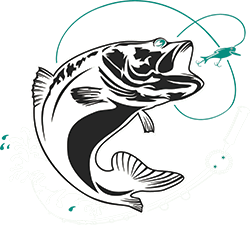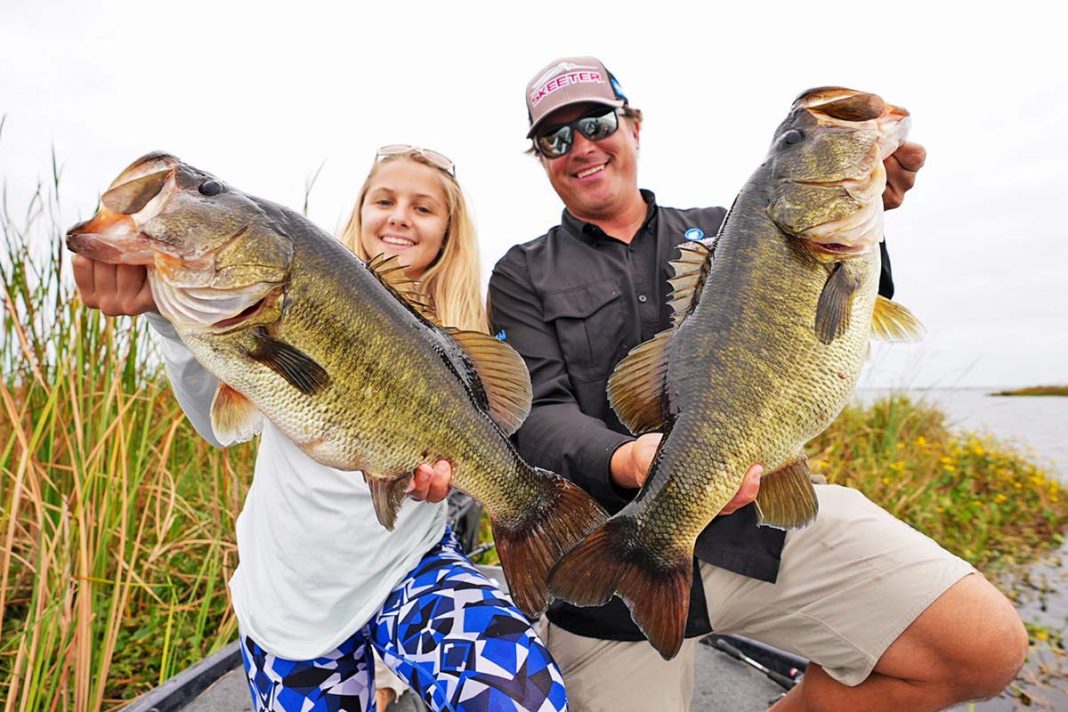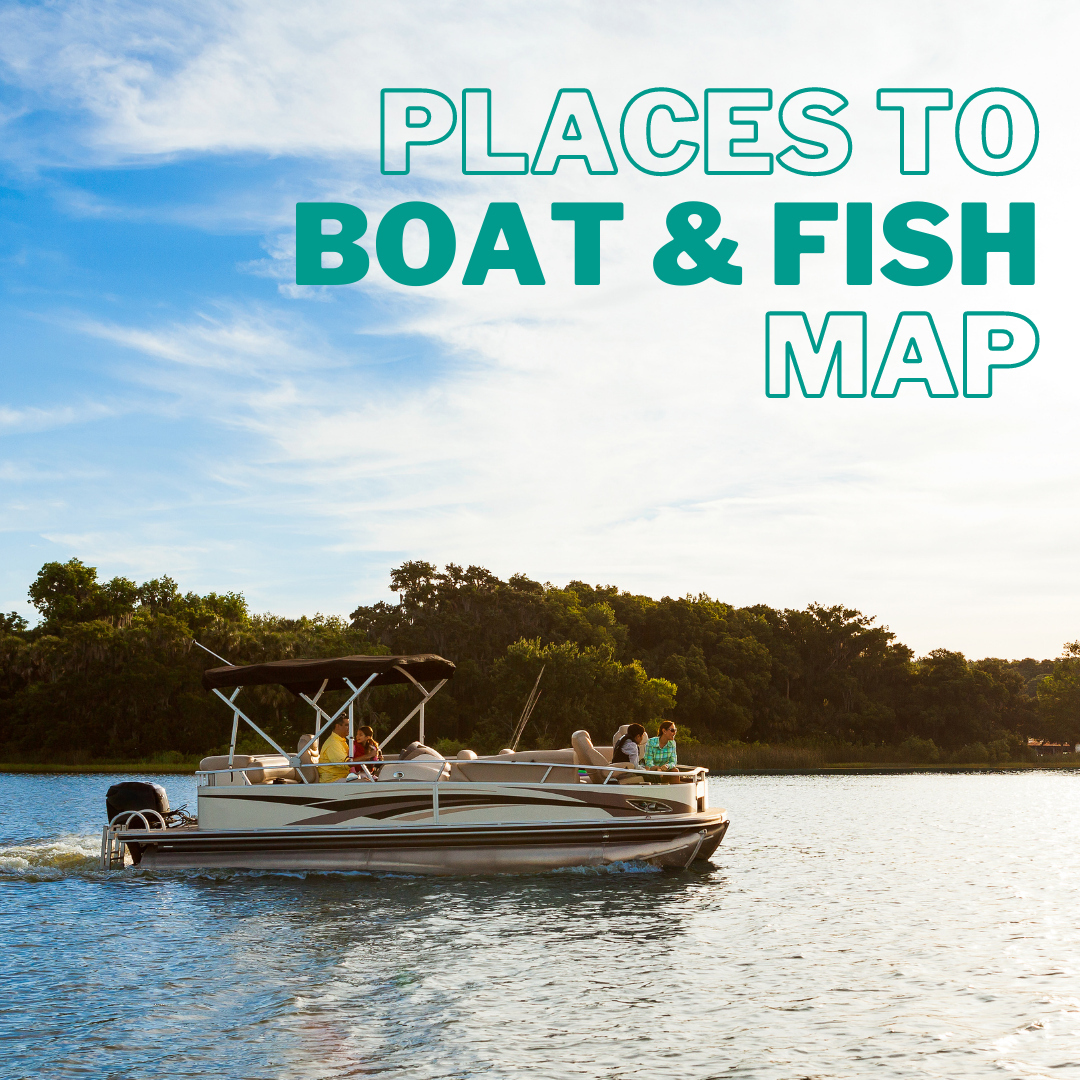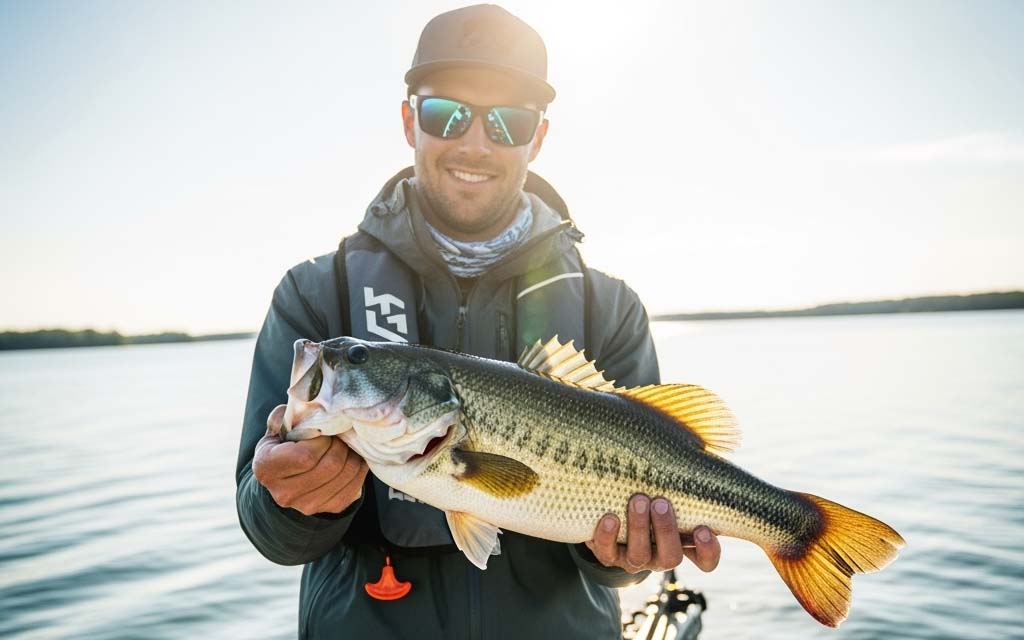For 40 years, I’ve guided anglers across Florida’s best bass lakes, chasing the elusive giants that lurk beneath the surface. From Lake Okeechobee to Rodman Reservoir, the debate over which lake holds the biggest bass rages on, fueled by tales of double-digit monsters and near-misses. But one thing remains constant: patience is key.
The Legends: Lake Okeechobee and Rodman Reservoir
Now, when folks ask me, “What lake in Florida has the biggest bass,” I tell ’em it’s like comparing apples and oranges. Okeechobee, that grand old lady, is a sprawling expanse of shallow water teeming with baitfish – a true bass factory. It’s the kind of place where you can catch numbers all day long, and if you’re lucky, maybe even hook into a real lunker. I’ve seen some true hawgs pulled from those grassy waters, bass that would make your jaw drop.
Then you’ve got Rodman, a submerged forest holding secrets as deep as its flooded timber. It’s a place where patience is truly tested, but the rewards can be monumental. The bass in Rodman grow big and mean, feeding on the abundant shad and crappie. Some swear it’s Rodman that holds the true giants, bass that’ve seen more seasons than most fishermen.
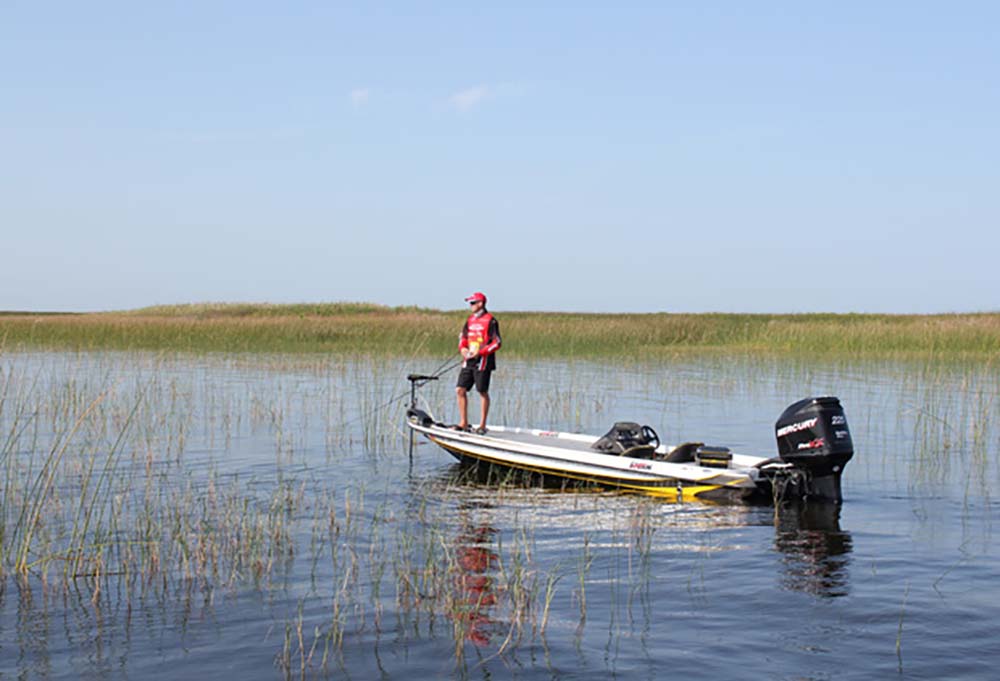
What lake in Florida has the biggest bass? A Tale of Two Lakes: Comparing Okeechobee and Rodman
While both lakes produce trophy bass, their characteristics differ drastically. Okeechobee is known for its vast open-water fishing, requiring long casts and search tactics. You’ll want to familiarize yourself with flipping and pitching, targeting those dense vegetation mats. How to Punch Heavy Mats for Florida Bass: Your Guide to Giant Catches will teach you everything you need to know about this technique. Rodman, on the other hand, demands precise presentations around submerged trees and brush piles. It’s a game of finesse, requiring accurate casts and a keen understanding of underwater structure.
Choosing between the two depends on your fishing style. If you enjoy covering water and the thrill of the chase, Okeechobee is your playground. But if you prefer a more strategic, almost surgical approach, Rodman might be the better choice. Either way, you’ve got a good shot at landing that trophy bass you’ve been dreaming of.
The Importance of Patience: A Lesson from the Lake
Whether you’re fishing Okeechobee, Rodman, or any other Florida lake for that matter, patience is the name of the game, especially when you’re after the biggest bass. These old timers didn’t get big by being foolish. They’ve seen it all, heard it all, and felt it all. They’re wary, selective, and downright cunning. You gotta be smarter, quieter, and more persistent than they are.
I remember one sweltering July day on Okeechobee, I was guiding a young fella, eager to catch his personal best. We’d been fishing hard for hours, with little to show for it. He was getting restless, but I told him, “Son, patience is a virtue, especially in bass fishing.” Just as he was about to give up, his line tightened. After a fierce battle, he landed a 12-pounder, a true giant. That, my friends, is the power of patience.
Tips and Techniques for Targeting Trophy Bass
Targeting trophy bass requires more than just patience; it demands strategy. Here are a few tips I’ve picked up over the years:
- Big Baits for Big Bass: Don’t be afraid to throw big swimbaits, oversized worms, or even large topwater lures. Trophy bass are looking for a substantial meal.
- Focus on Prime Time: Early morning and late evening are the peak feeding times for big bass. Be on the water and ready to cast during these crucial periods.
- Understand the Seasons: Bass behavior changes throughout the year. Research the seasonal patterns and adjust your techniques accordingly. The Florida Fish and Wildlife Conservation Commission (FWC) offers valuable resources on fish behavior and regulations.
- Learn to Read the Water: Look for subtle clues like changes in vegetation, water temperature variations, or baitfish activity. These can indicate the presence of trophy bass.
- Master Your Presentation: A sloppy presentation can spook a trophy bass. Practice your casting and retrieve techniques to ensure your lure looks natural and enticing. For more insights into Okeechobee fishing specifically, check out our Lake Okeechobee Bass Fishing: The Ultimate Guide to Florida’s Big O.
- Respect the Resource: Practice catch and release, especially with trophy bass. These magnificent creatures are essential to maintaining a healthy fishery for future generations. You can learn more about best practices from Bassmaster.
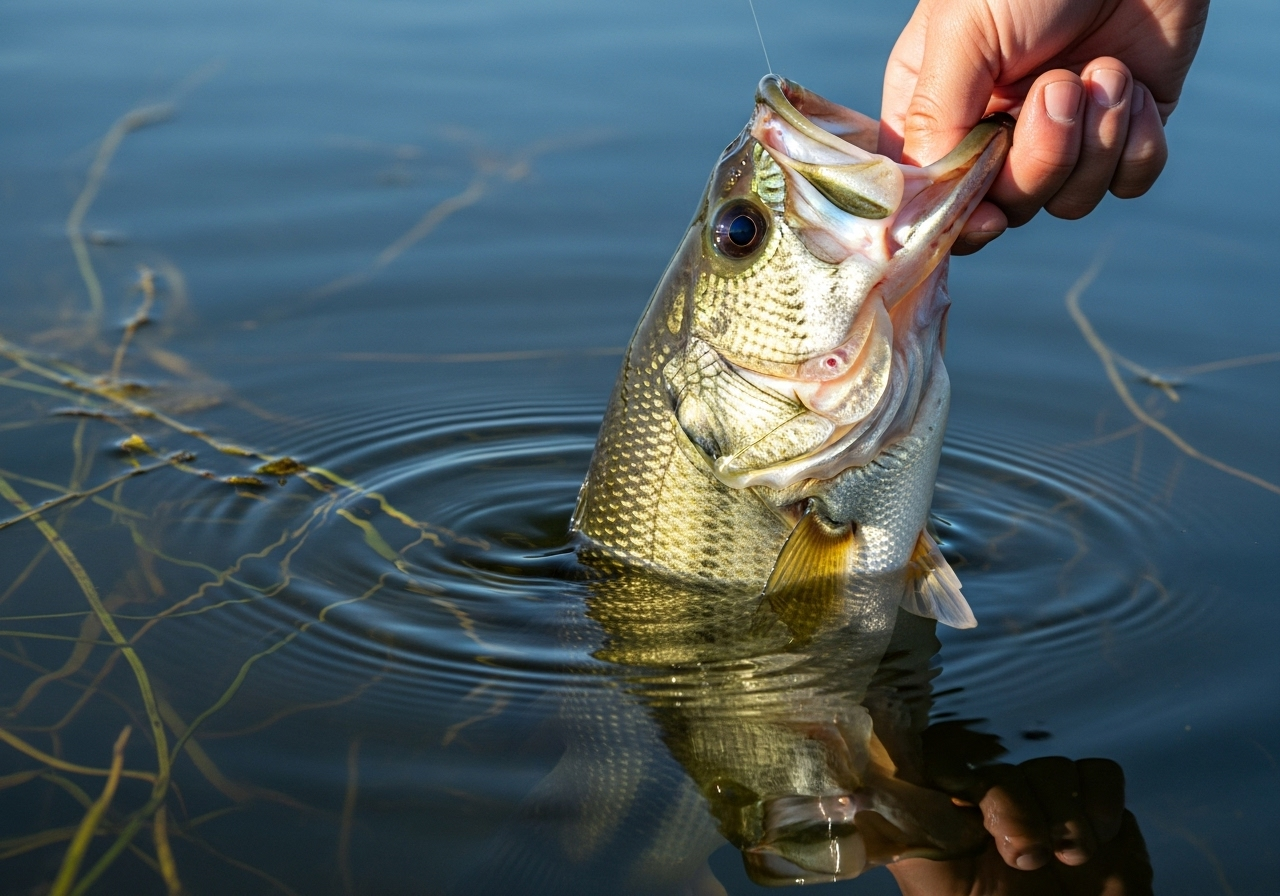
So, what lake in Florida has the biggest bass? The answer, my friend, is still out there, waiting to be discovered. But with a little patience, persistence, and these time-tested tips, you might just be the one to reel in the next Florida legend.
Weather Impact Analysis
This weather data suggests fair to partly cloudy conditions with moderate humidity and comfortable temperatures. The barometric pressure is relatively stable, hovering around 1018 mb, which isn’t ideal for stimulating a strong bite. Stable or slowly rising pressure often makes bass less active. The light to moderate winds, averaging 4 mph with gusts up to 9 mph, could be beneficial. A gentle breeze can oxygenate the water and break up the surface, making it harder for bass to see approaching lures and potentially making them more likely to strike.
The absence of precipitation is a neutral factor. While rain can sometimes trigger a feeding frenzy, the lack of it doesn’t necessarily mean poor fishing. With no rain in the forecast, water clarity should be good, allowing bass to see lures effectively. Overall, the conditions are decent but not optimal for bass fishing. Anglers may need to employ slower retrieval techniques and focus on deeper water or shaded areas where bass might be seeking refuge from the sun and stable pressure.
